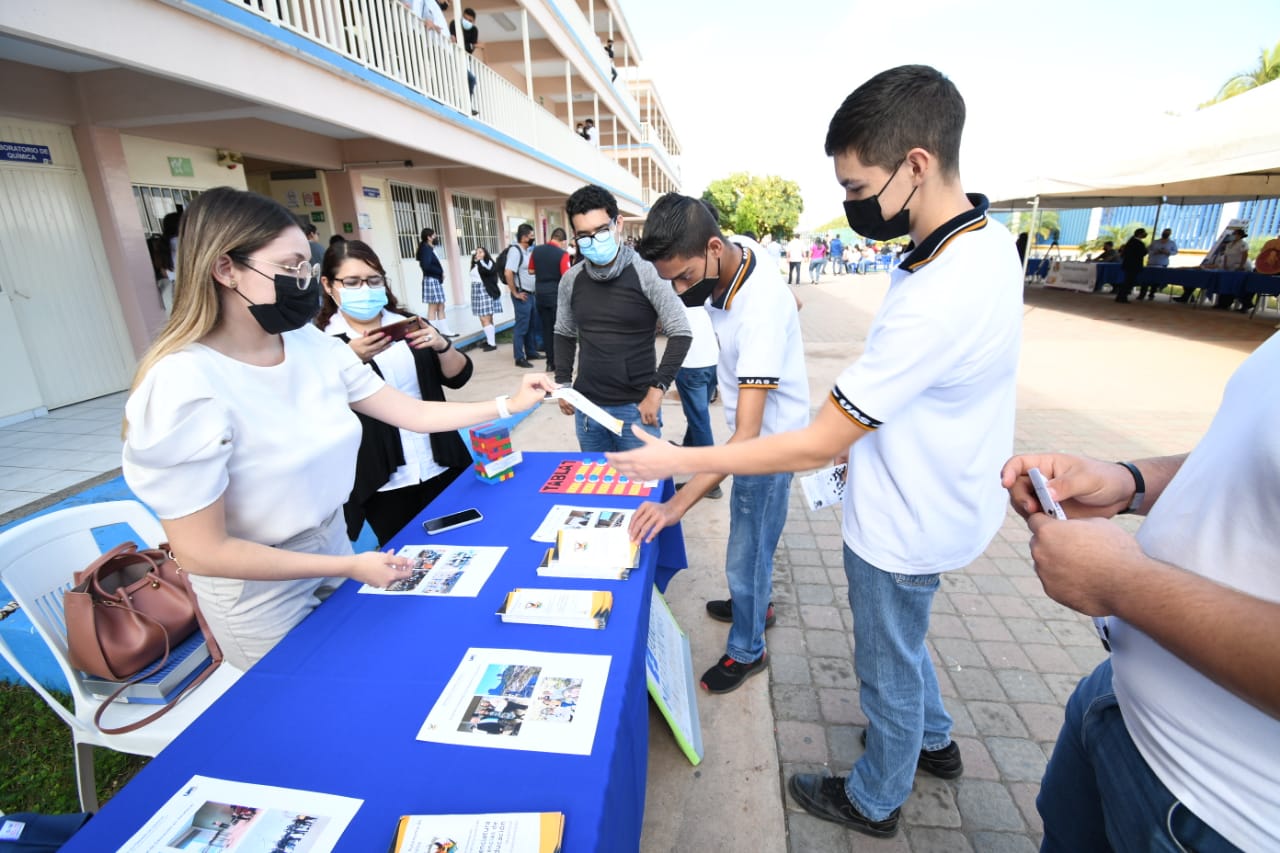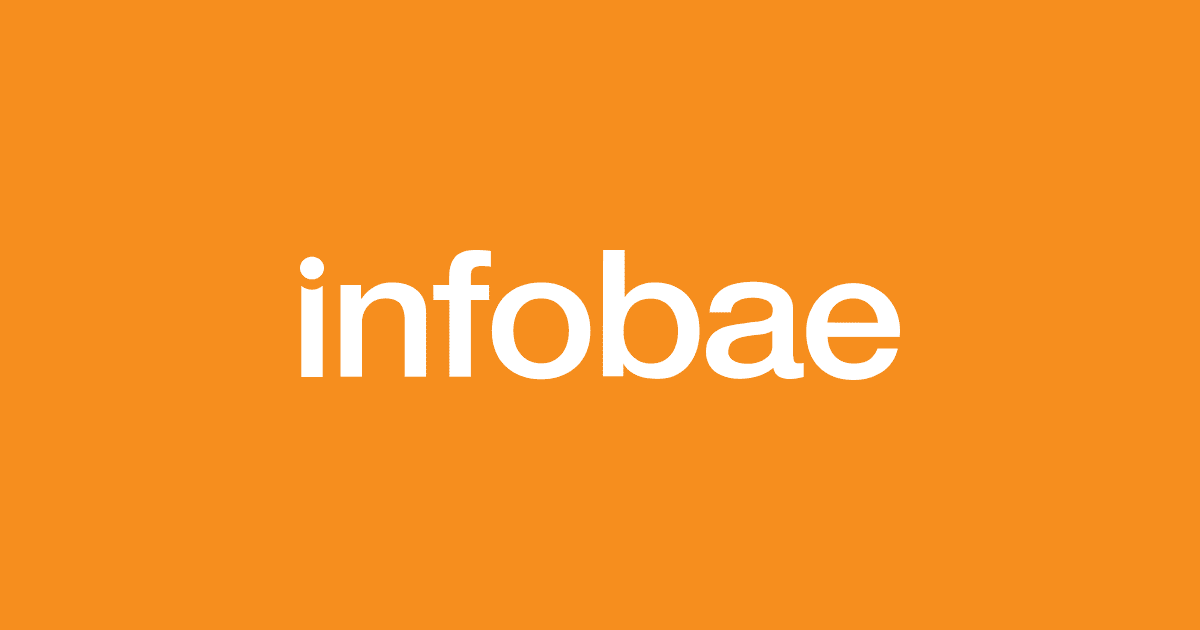The Research Grants Program (also known as the Research Grants Program) of the Puerto Rico Science, Technology, and Research Fund today personally held for the first time in two years the annual Summit event to accelerate scientific activity in Puerto Rico and the Caribbean.
The future research seminar Held at the Fairmont El San Juan Hotel, attended by more than two hundred students and professionals interested in the fields of research, science, technology, economic development and entrepreneurship.
With a busy agenda, over 25 speakers and panelists shared their scientific knowledge and perspectives on technological innovation. The Director of the Research Grants Program, Andrica Maldonado, welcomed the attendees and highlighted the program’s achievements.
He emphasized that since 2016, the program attached to the secretariat has been holding conferences and seminars to showcase the great talent and work that researchers are doing on the island where no other local mechanism provides funding and is peer-reviewed. .
Since its inception, the program has received hundreds of applications, which have been reviewed by subject matter experts from more than 16 countries and over 150 research institutions. To date, we have awarded 120 grants totaling $13.8 million and a return on investment of over $37 million. Our mission is to continue advancing science on the island, and we at the Trust are committed to continuing to support this community,” Maldonado stated.
Lucy Crespo, Chief Executive Officer of PRTRCF, welcomed what she described as a celebration of innovation that has allowed to connect those responsible for making Puerto Rico a global center of innovation. “We believe this is a powerful platform to empower the local science and technology community, as well as enhance its potential to collaborate with international scientists, researchers and innovators,” Crespo concluded.
The first part of the agenda included a variety of topics from the featured speakers. Dr. Zarixia Zavala Ruiz gave a presentation on the scientific model of the campus of Janelia Research, HHMI’s leading research center in Ashburn, Virginia, where he shared methods, results, and tools with the scientific community.
For her part, Dr. Filippa Godoy Vitorino shared the latest discoveries about HPV and its relationship to cervical cancer. The agenda continued with Dr. Jaime Mata, who introduced a promising minimally invasive tool for analyzing DNA repair capacity in clinical samples from cancer patients, called CometChip.
Subsequently, Dr. Suranganie Dharmawardhane, who has received support from the fund for the past seven years, presented her project to design and characterize targeted therapies for malignancy, which causes 90% of cancer deaths.
Dr. Alok Aaron, a visiting scientist from the Massachusetts Institute of Technology, gave a talk about the innovations in sustainable agriculture in Puerto Rico, particularly the multiple uses of seaweed.
The agenda continued with Dr. Togrul Giray speaking about a molecular tool that identifies subspecies and groups of honey bees from different geographic locations. For his part, Dr. Sidis shared his study on developing a circuit that controls grooming behavior in Drosophila that can be genetically traced.
Dr. Jens Lautenbach presented a project developed at the Arecibo Observatory, which can provide the scientific community with data on the vertical distribution of aerosols over time in the Caribbean, including African dust that influences hurricane formation, climate and health.
The morning session culminated in the presence of Ms. Michelle “Shelley” Brunswick, Director of Operations at the Space Corporation, a pioneer in the global space ecosystem and congressional liaison for the United States Air Force, who shared current examples of space-advanced technologies used in everyday life and the potential for advancing the space economy.
In the afternoon, the results of the winners will be announced in a poster session, where developments and discoveries are learned from over a hundred local scientists and students.
These presentations become a springboard for students to get started in the field of research, exposing their projects among international scholars and potentially gaining access to funding and commercialization of their discoveries so that the public can benefit. An example to highlight is doctoral student Eduardo Alvarez, of Central University of the Caribbean, whose research examines how the natural compound PSP (Polysaccharide Peptide) limits HIV’s access, restricting its entry into a cell. This research has the potential to develop an HIV vaccine in the future.
The future research seminar 2022 has achieved its goal of providing a space for the local scientific and technological community to enhance its potential for communication and collaboration.

:format(jpeg):focal(1034x291:1044x281)/cloudfront-us-east-1.images.arcpublishing.com/gfrmedia/ZKHLYJJDYNETJDN4FTS7C6SJRI.jpg)



